Mollie hotel celebrates Aspen’s close ties to the Bauhaus
Mollie hotel, by CCY Architects and Post Company, pays homage to the Bauhaus influence on the Colorado ski resort
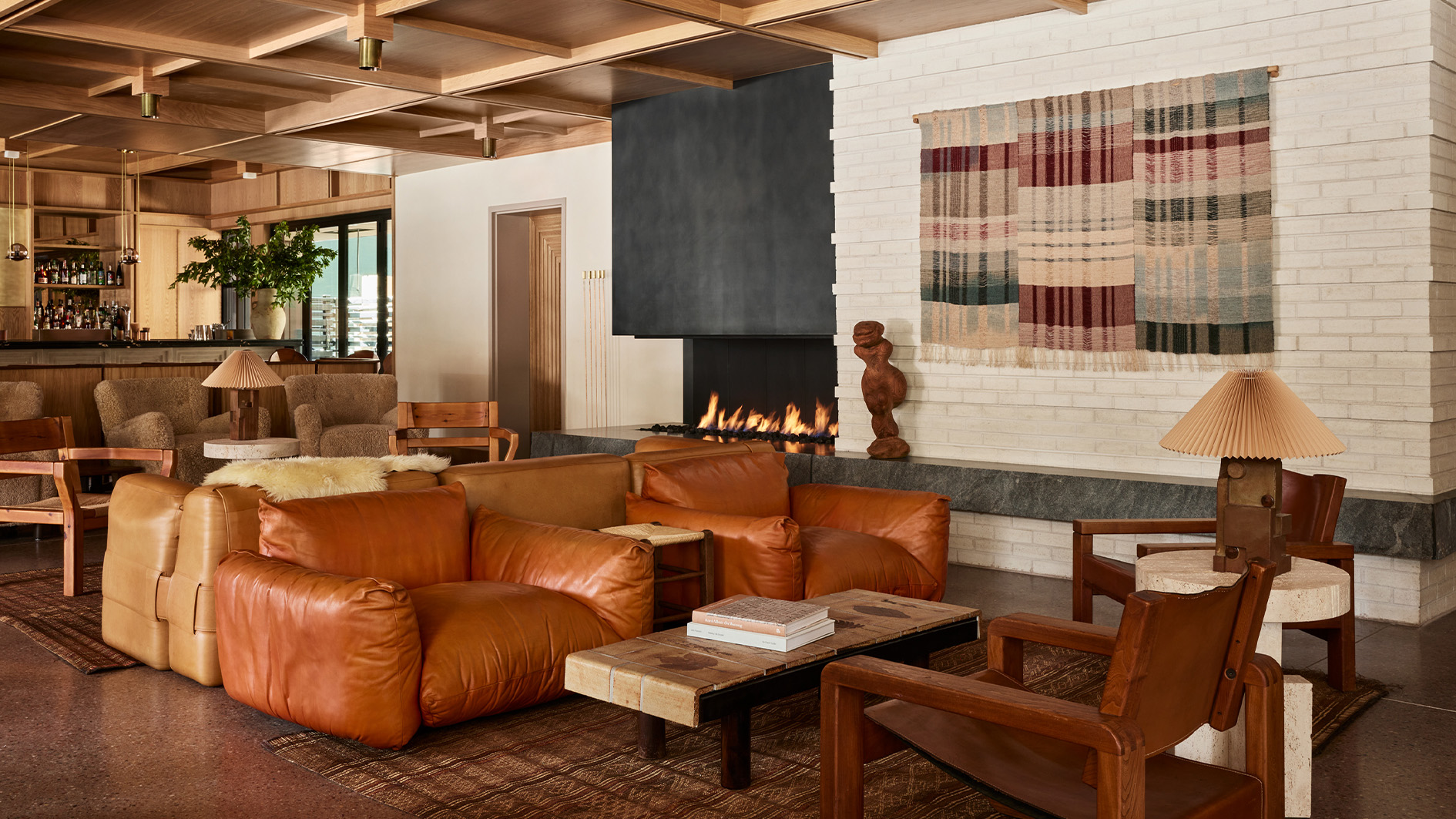
Set along Aspen, Colorado’s central Paepcke Park, Mollie is a new 68-room hotel with stylistic nods to the Bauhaus, the German architecture and design school that helped spawn modernism. One of its most prominent students, Austrian American architect Herbert Bayer, was instrumental in shaping the look and feel of the popular ski resort town.
Mollie hotel is perched on Aspen’s Paepcke Park
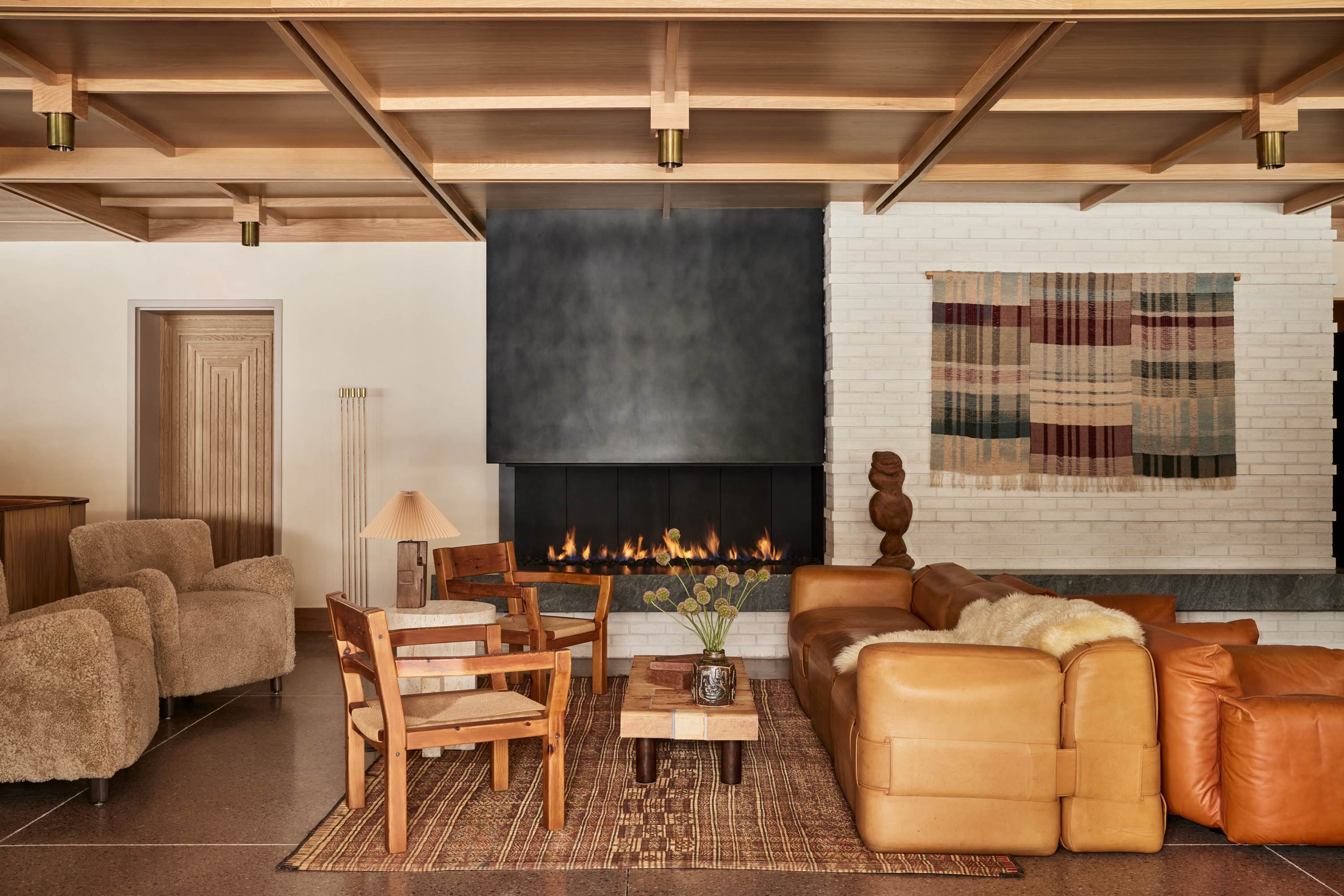
Mollie Hotel lobby lounge
Polymath Bayer – perhaps most famous for developing the eponymous geometric san serif typeface – was behind the design of the Aspen Institute for Humanistic Studies, the renovation of Aspen’s Wheeler Opera House, and numerous local arts and culture buildings. His implementation of rational functionalism is evident throughout the city.
With a façade evoking Silver Boom-era lot lines but also the simplicity of rectilinear massing so critical to the Bauhaus principle, Mollie stands out amongst nearby Victorian homes, yet its proportioning is conducive to its context. Large exposures help frame the surrounding natural beauty, while reflecting the scale of these historical, 19th-century structures’ fenestration. Award-winning local firm CCY Architects was responsible for this thoughtful, site-responsive approach.

Mollie Hotel exterior

Mollie Hotel exterior
Much of the chosen building material reflects this explicit yet nuanced treatment. A dark red and purple structural base suggests the natural oxidation of stone in the nearby Elk Mountains, but also the components prevalent throughout Aspen’s downtown. The exterior is clad in fast-growing, sustainably harvested radiata pine and applied in a slightly non-uniform fashion to emulate the area’s dense forests.
‘Mollie Aspen is an homage to the city’s reputation as a place of art, culture, and adventure,’ says Ruben Caldwell, partner at Post Company, the firm charged with the hotel’s interior design. ‘We took inspiration from the town’s storied mining history, natural landscape, and Bauhaus presence, which reflects its tradition of being firmly grounded while gazing abroad.’

Guest room
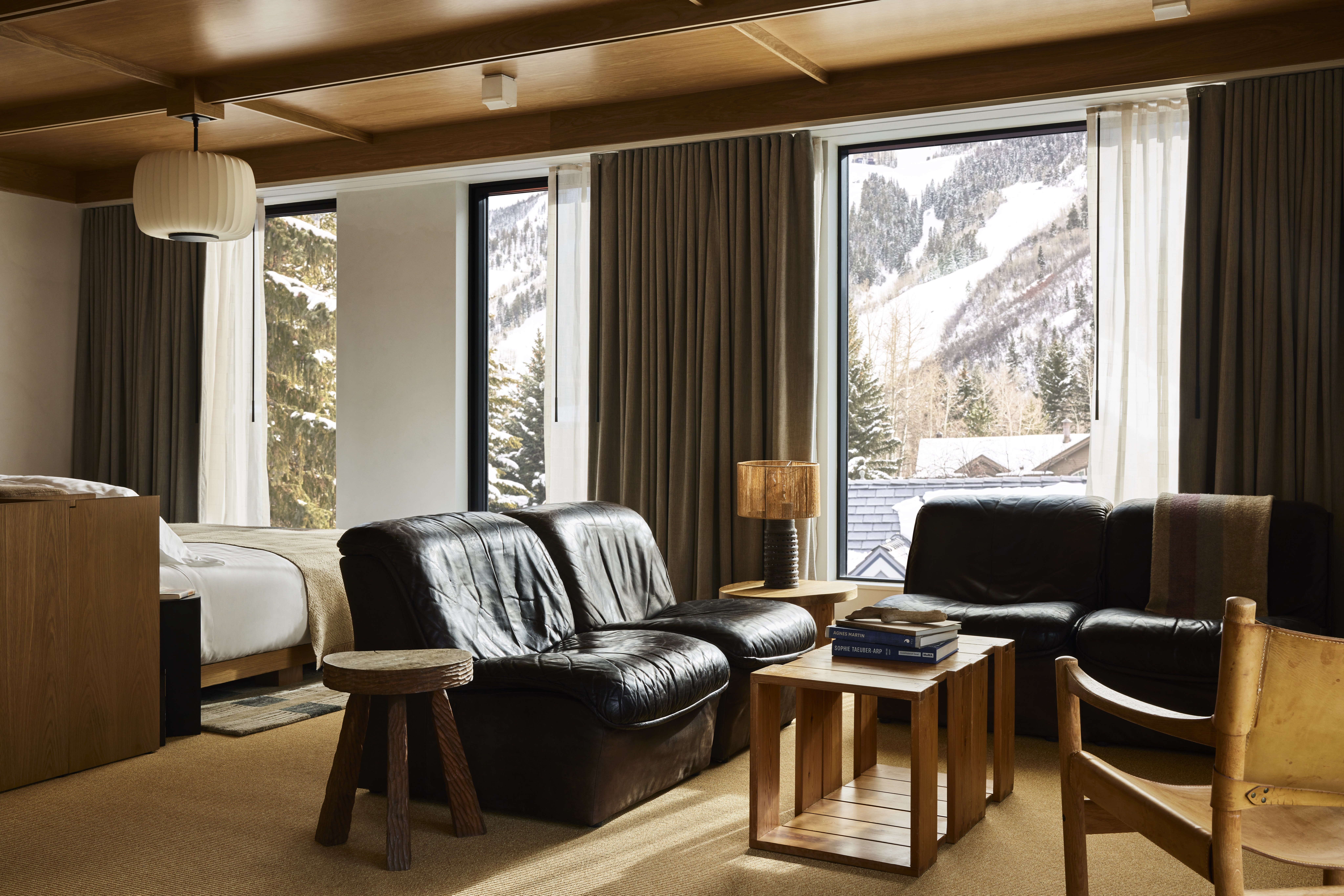
Guest room

Guest room
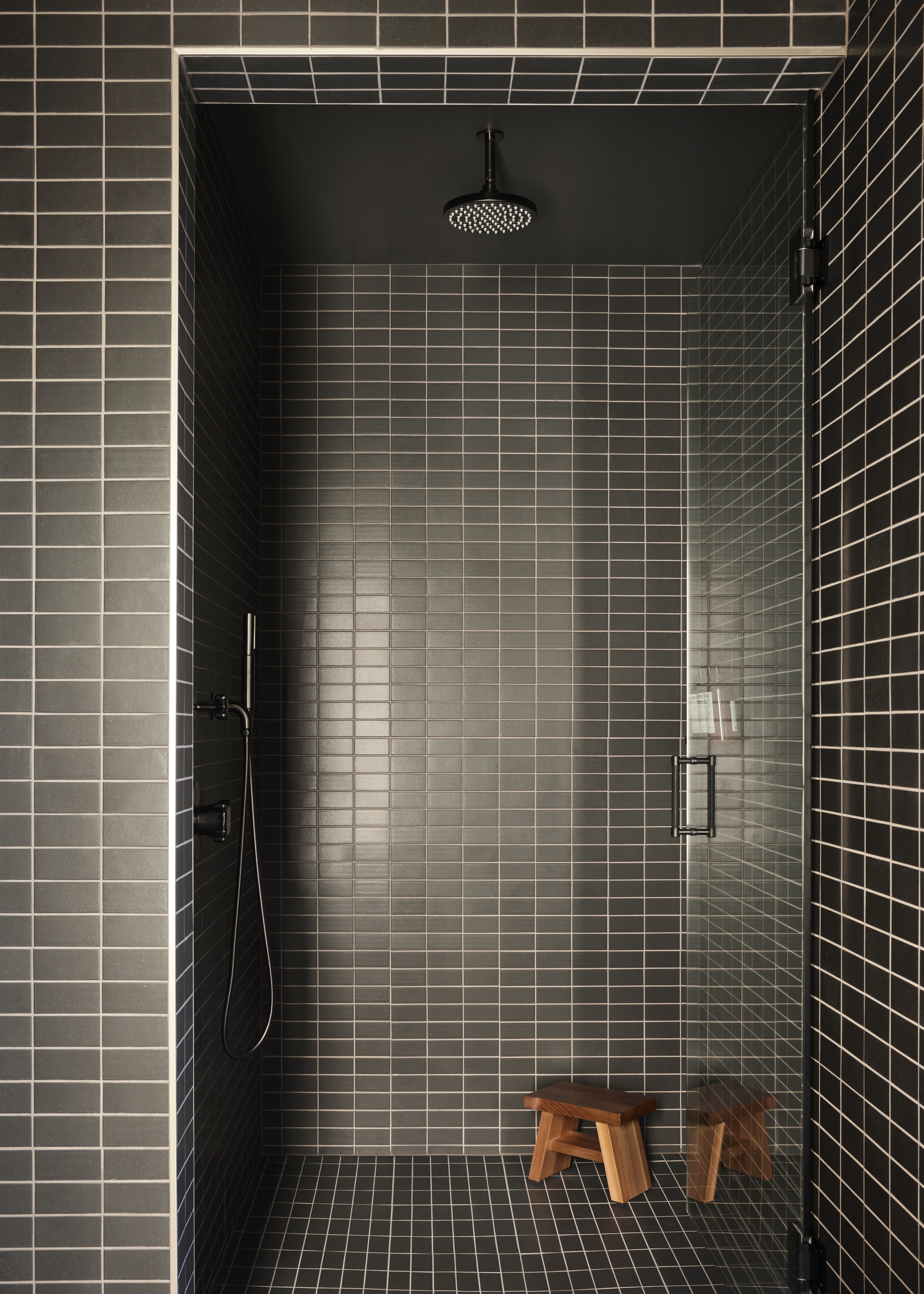
Guest room
Through the various public spaces – an open-plan lobby and living room-esque bar – and guest rooms, the reduction of superfluous excess, as espoused by the Bauhaus, is harnessed in the idiosyncratic shapes common in the American West. The latest energy efficiency technologies – such as solar-powered heat pumps – pull this holistic concept together.
Clean lines play off of natural materials, earthenware ceramics, sand-cast solid brass, and pared-back yet hand-woven textiles indicative of Anni Albers, another of the Bauhaus’ influential graduates. Earthtones and soft yet restrained shapes abound throughout. The hotel is a testament to the fact that the ability to achieve formal rigour doesn’t have to come at the cost of the finest artisanal prowess. Industry and craft aren’t always mutually exclusive.
Receive our daily digest of inspiration, escapism and design stories from around the world direct to your inbox.
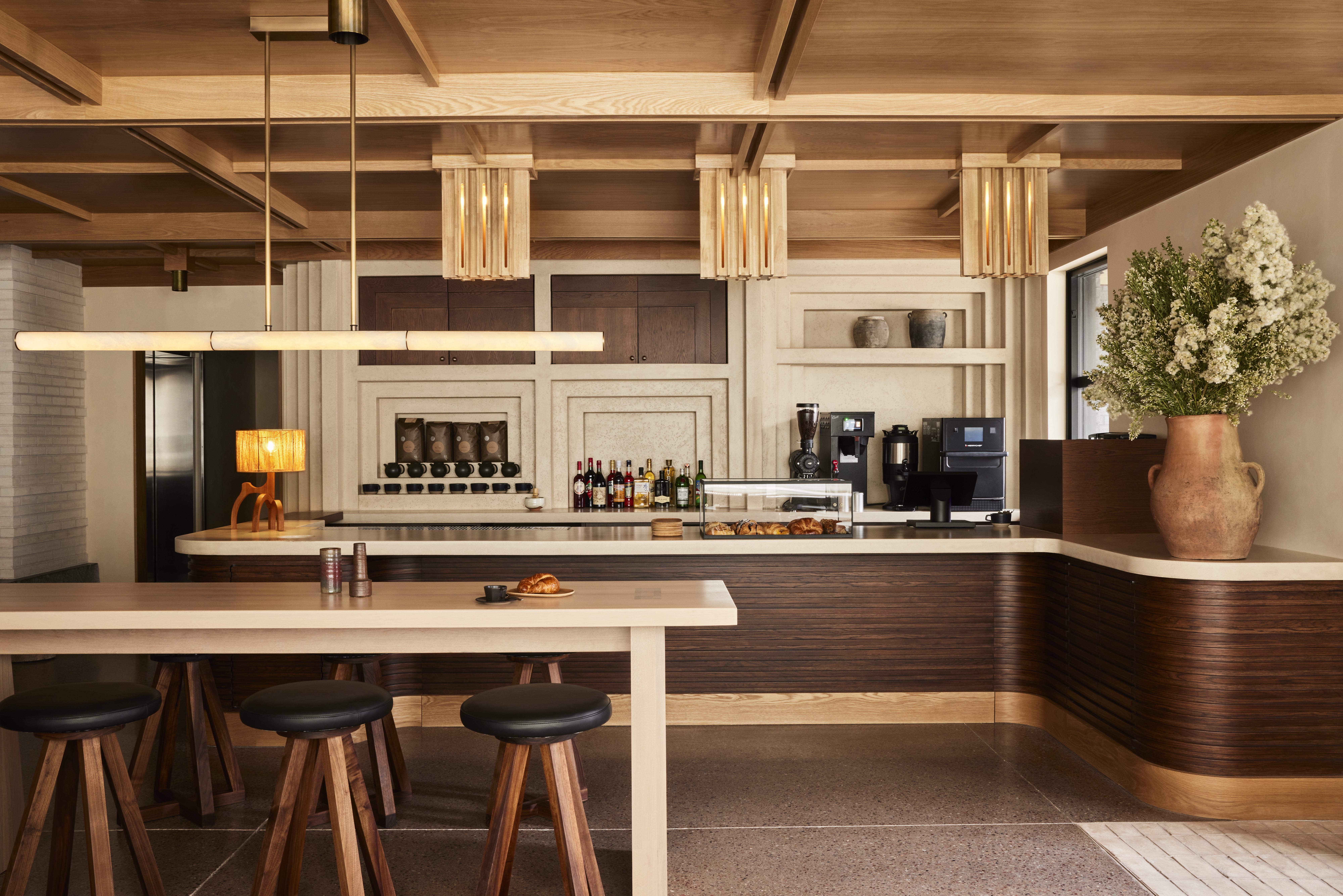
The café
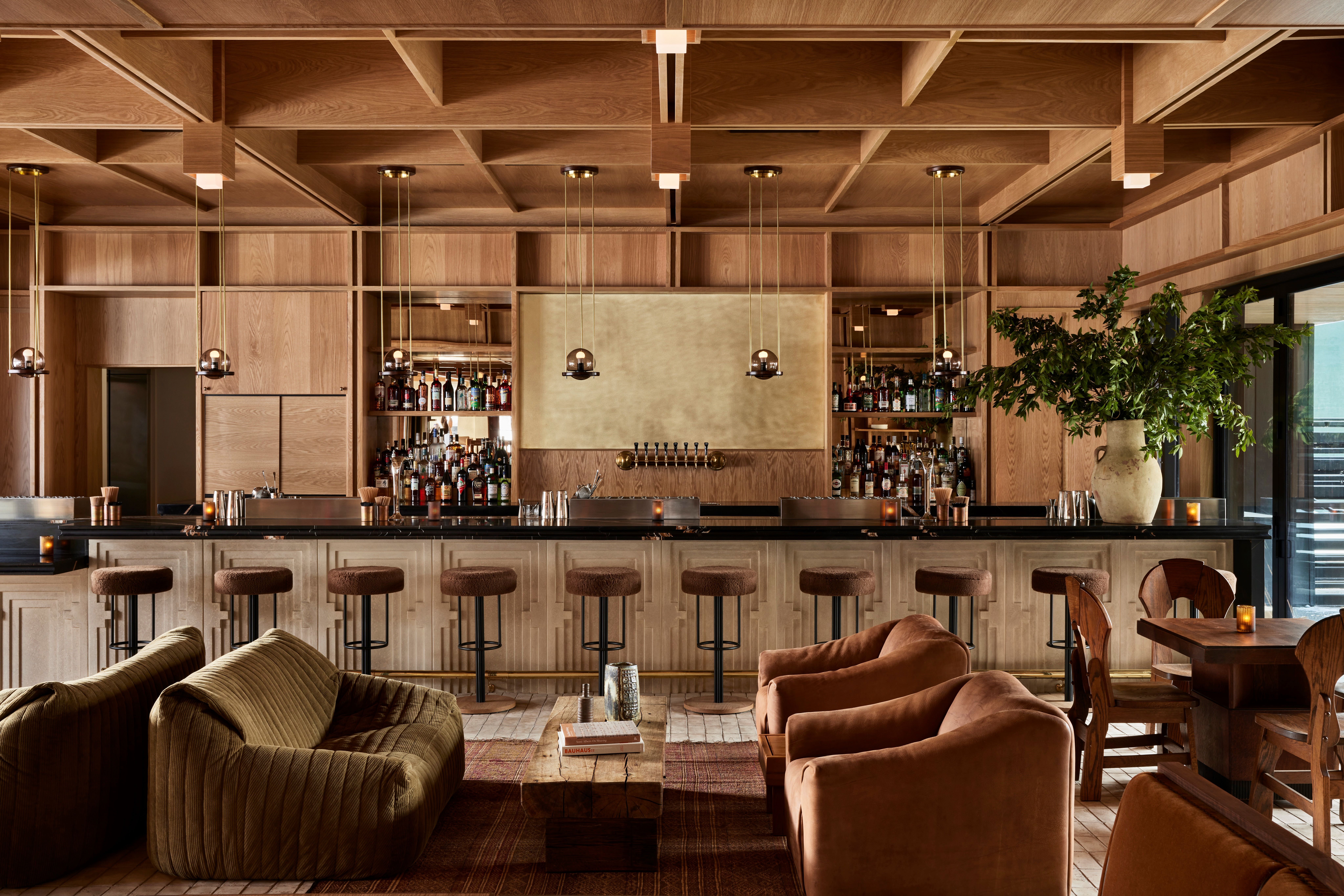
The bar


Conference room
Adrian Madlener is a Brussels-born, New York-based writer, curator, consultant, and artist. Over the past ten years, he’s held editorial positions at The Architect’s Newspaper, TLmag, and Frame magazine, while also contributing to publications such as Architectural Digest, Artnet News, Cultured, Domus, Dwell, Hypebeast, Galerie, and Metropolis. In 2023, He helped write the Vincenzo De Cotiis: Interiors monograph. With degrees from the Design Academy Eindhoven and Parsons School of Design, Adrian is particularly focused on topics that exemplify the best in craft-led experimentation and sustainability.
-
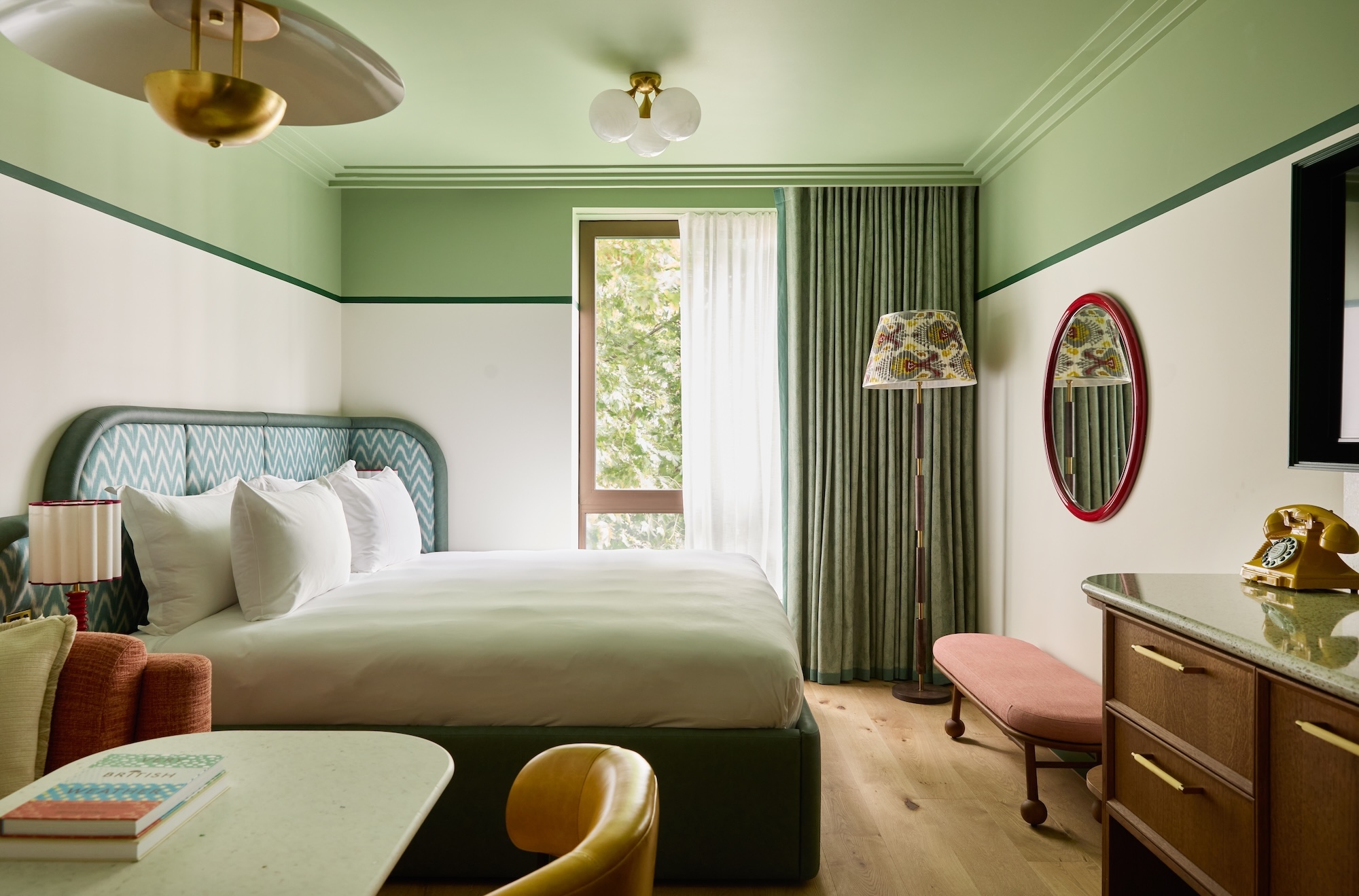 At last: a London hotel that’s great for groups and extended stays
At last: a London hotel that’s great for groups and extended staysThe July London Victoria, a new aparthotel concept just steps away from one of the city's busiest rail stations, is perfect for weekends and long-term visits alike
-
 Three new smartwatches showcase new frontiers in affordable timepiece design
Three new smartwatches showcase new frontiers in affordable timepiece designLong may you run: smartwatches from Withit, Kospet and OnePlus favour function and value above all else, demonstrating just how much the smartwatch has evolved in recent years
-
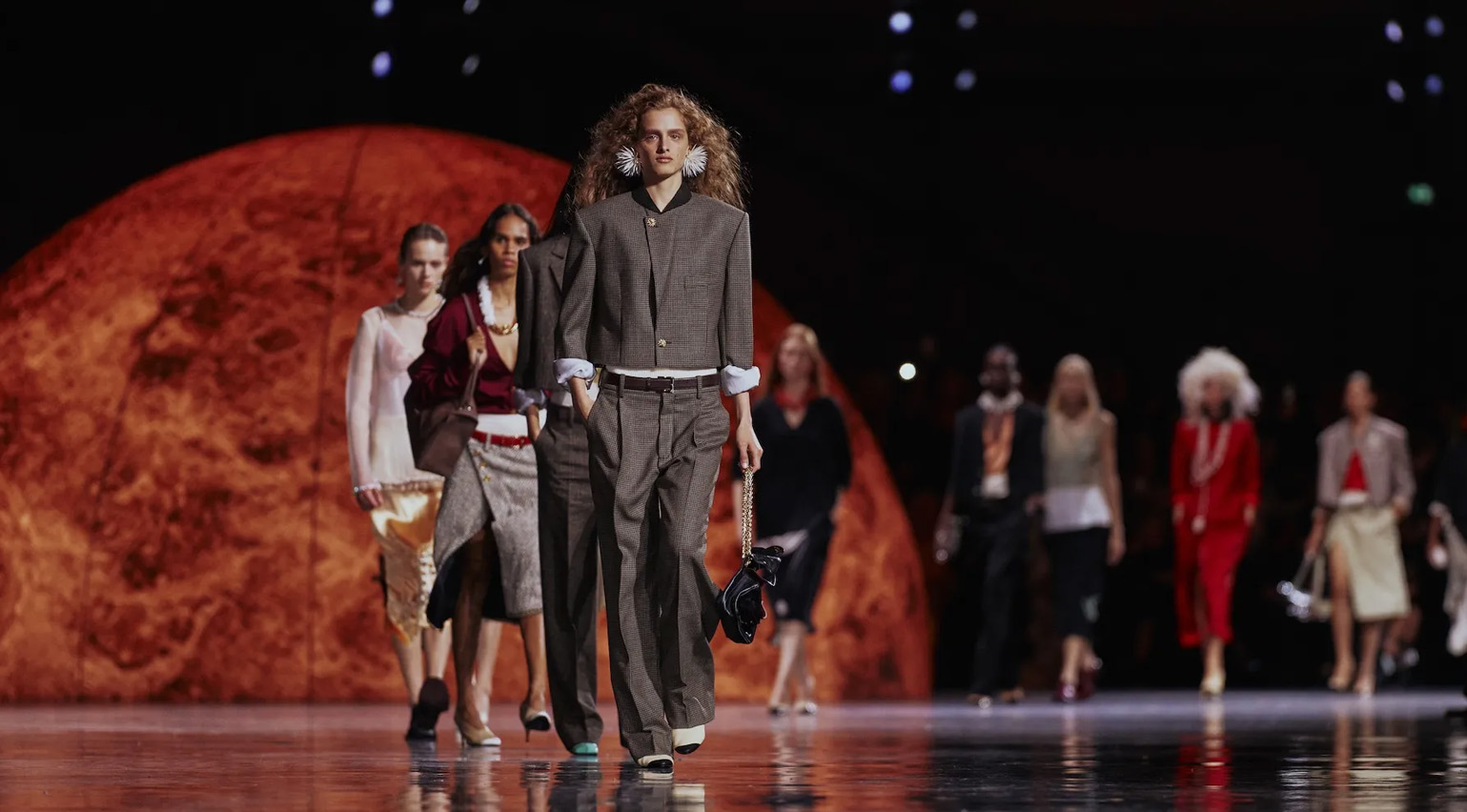 Debuts, dandies, Demi Moore: 25 fashion moments that defined 2025 in style
Debuts, dandies, Demi Moore: 25 fashion moments that defined 2025 in style2025 was a watershed year in fashion. As selected by the Wallpaper* style team, here are the 25 moments that defined the zeitgeist
-
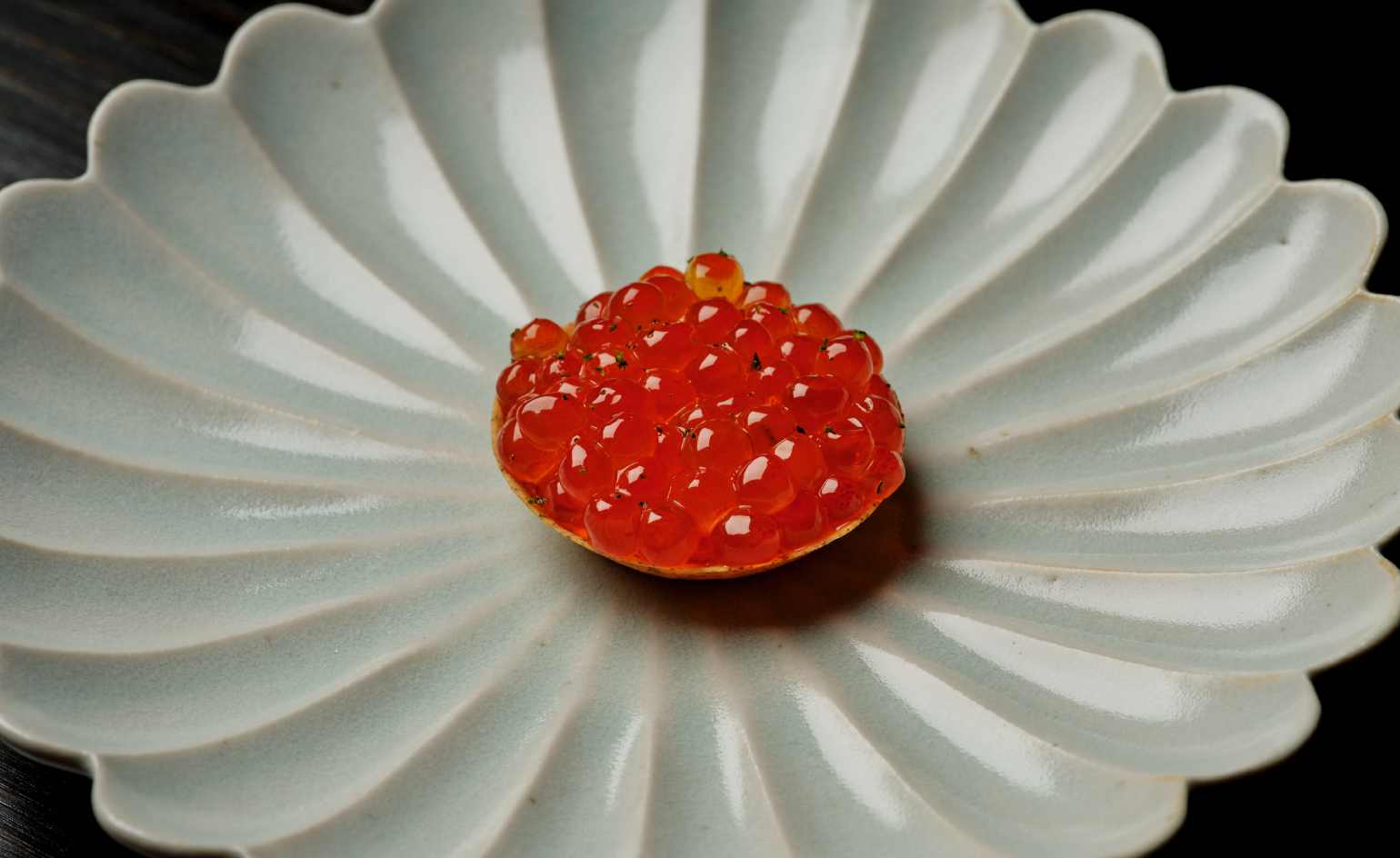 This cult Los Angeles pop-up restaurant now has a permanent address
This cult Los Angeles pop-up restaurant now has a permanent addressChef Brian Baik’s Corridor 109 makes its permanent debut in Melrose Hill. No surprise, it's now one of the hardest tables in town to book
-
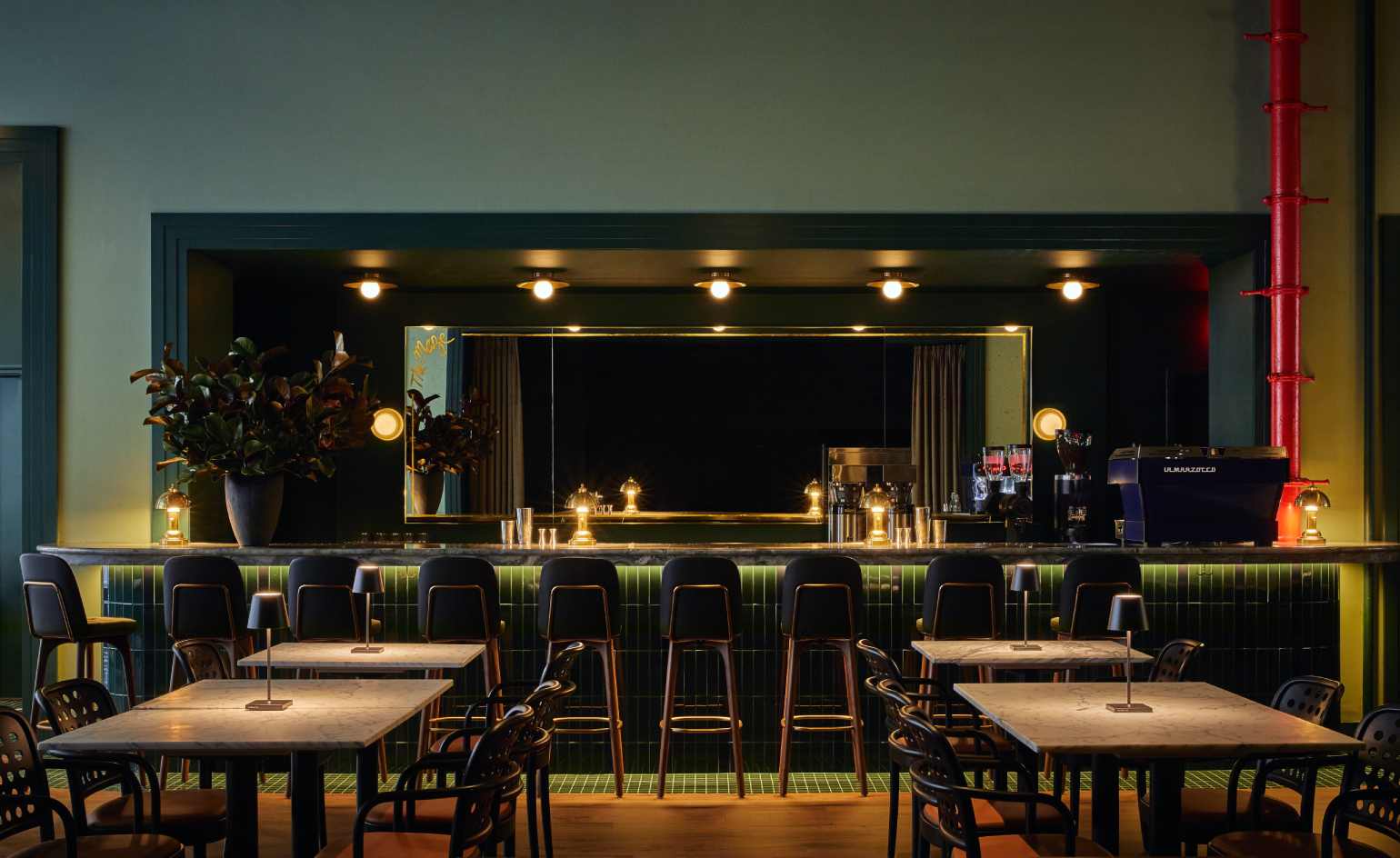 NYC’s first alcohol-free members’ club is full of spirit
NYC’s first alcohol-free members’ club is full of spiritThe Maze NYC is a design-led social hub in Flatiron, redefining how the city gathers with an alcohol-free, community-driven ethos
-
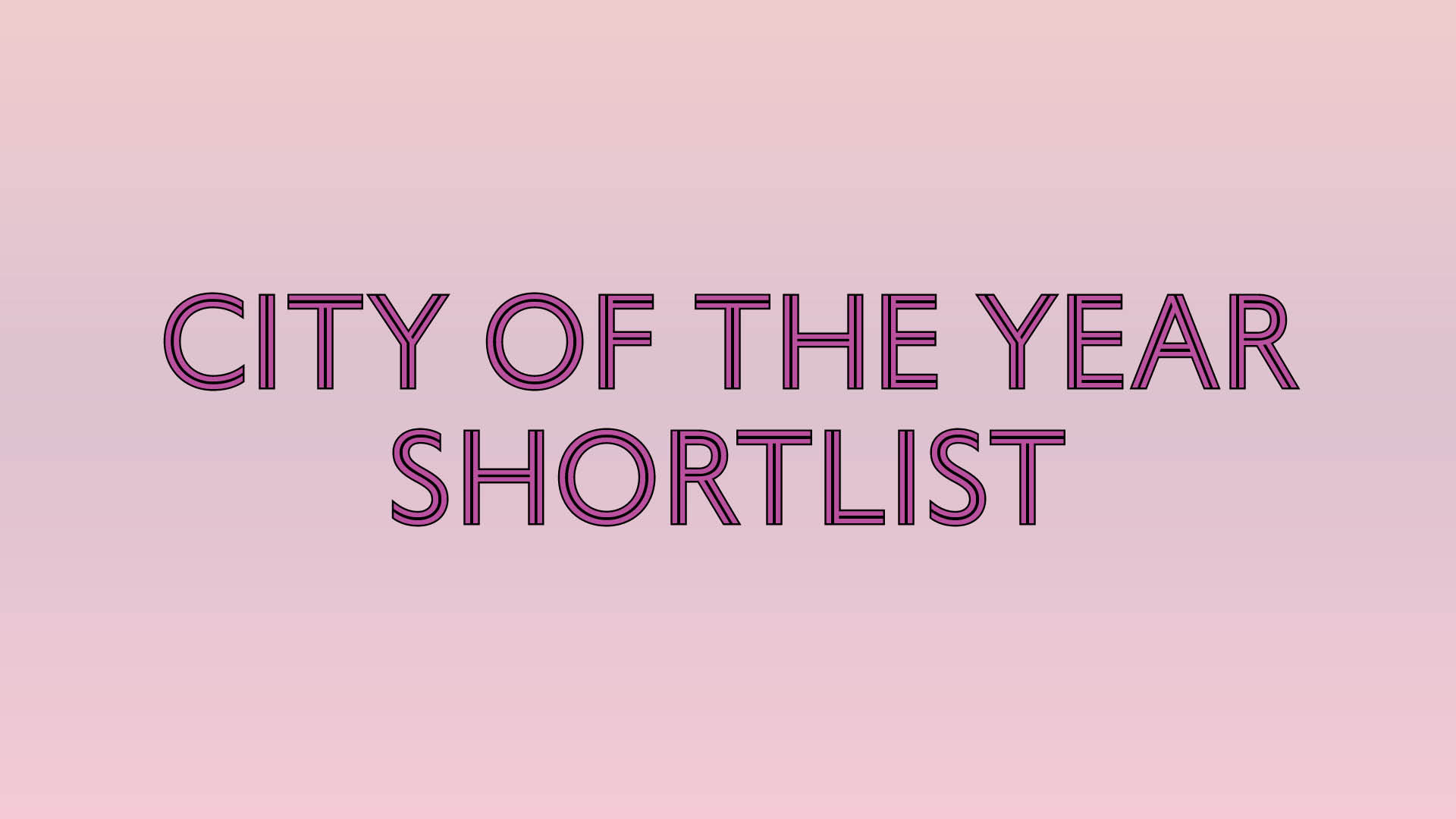 Wallpaper* Design Awards 2026: City of the Year shortlist
Wallpaper* Design Awards 2026: City of the Year shortlistExplore the nominated urban locations making an impact in design, architecture and contemporary culture
-
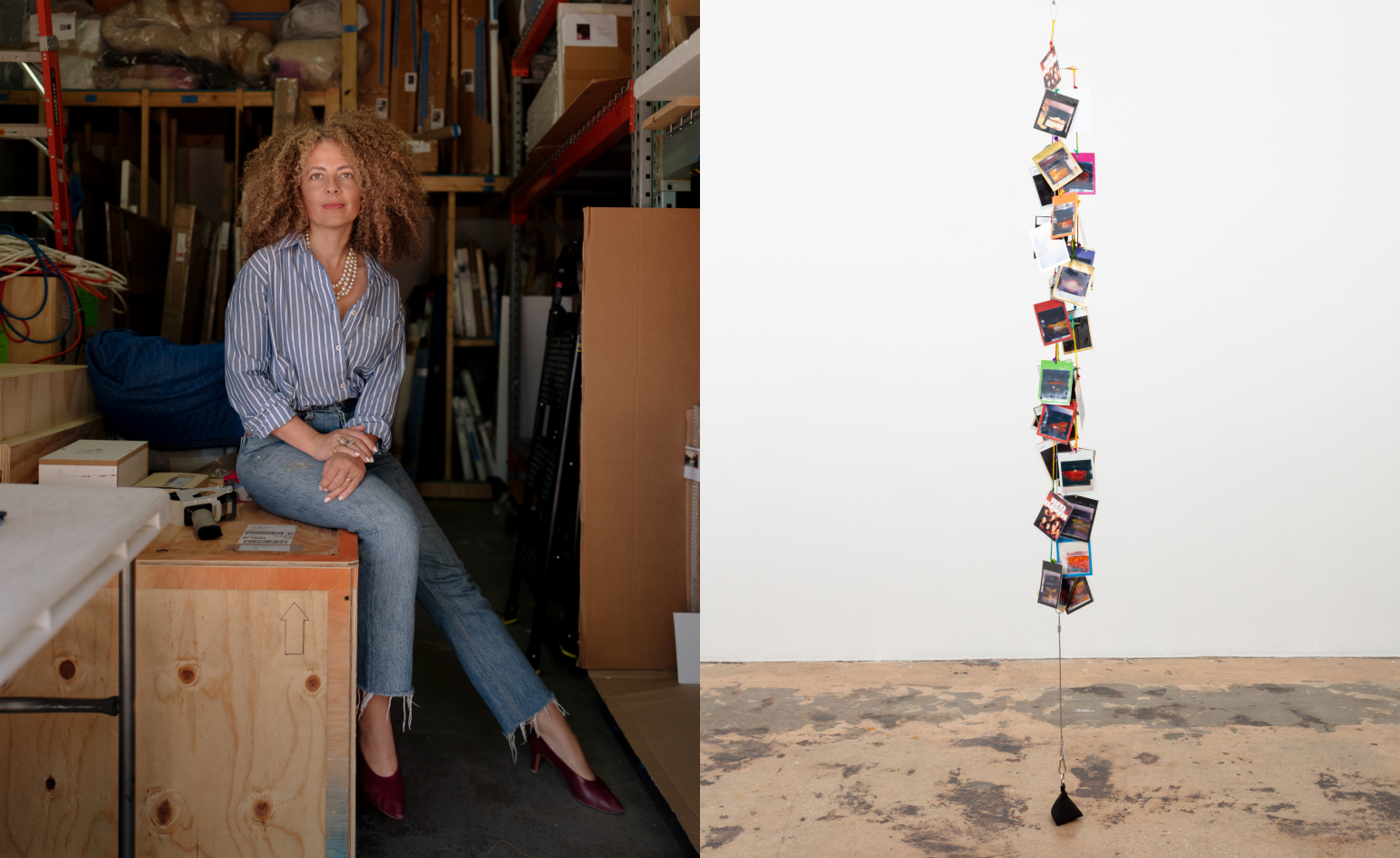 A local’s guide to Miami by gallerist Nina Johnson
A local’s guide to Miami by gallerist Nina JohnsonAs Art Basel Miami Beach 2025 kicks off, gallerist Nina Johnson shares her hometown essentials – from art museums to where to eat, drink and shop
-
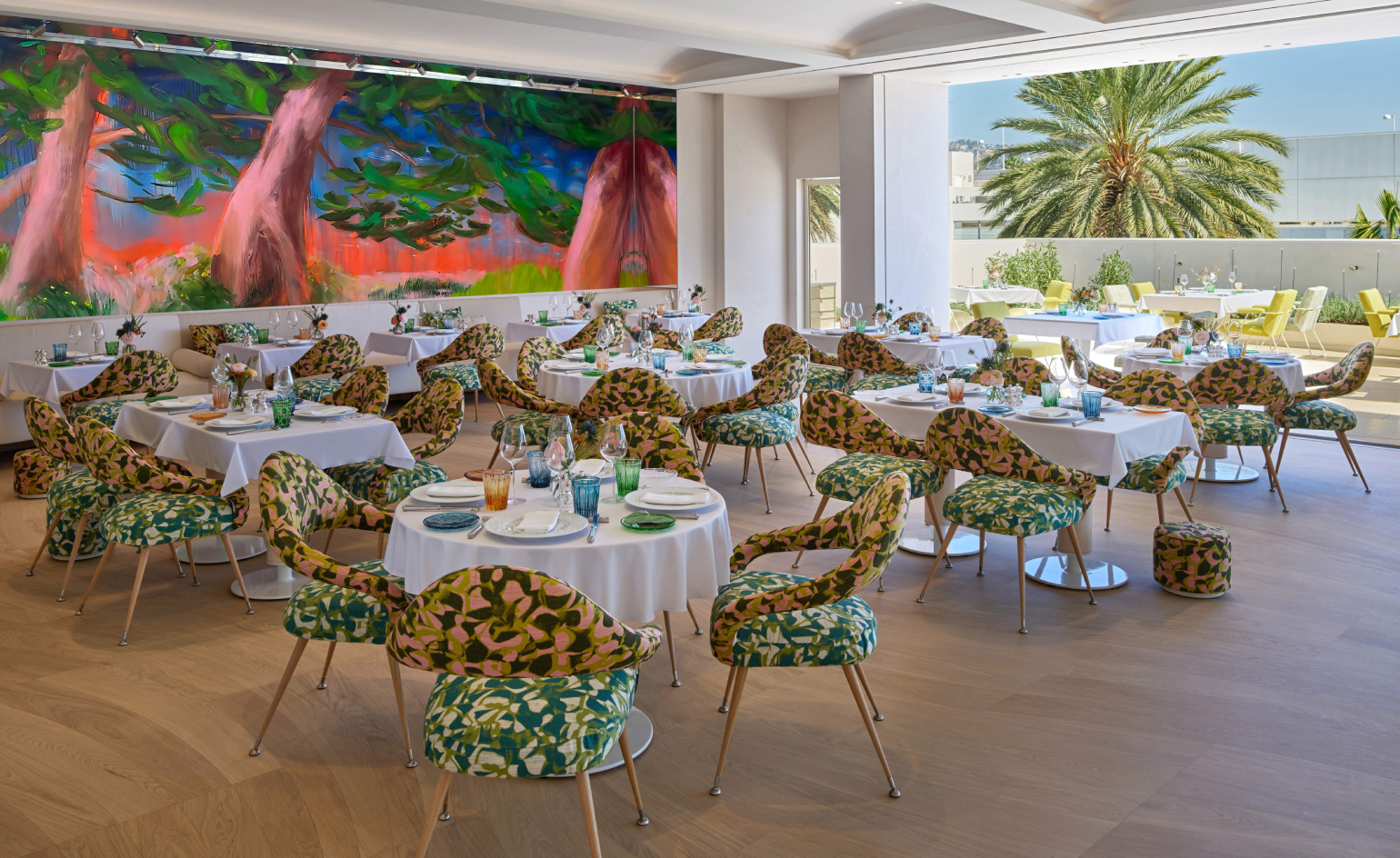 Dior’s new Beverly Hills dining salon raises the bar for couture cuisine
Dior’s new Beverly Hills dining salon raises the bar for couture cuisineFrom Peter Marino’s onyx bar and faceted mirrored walls to Nicole Wittenberg’s vast, immersive botanical canvas, Dior’s first restaurant outside Paris is here
-
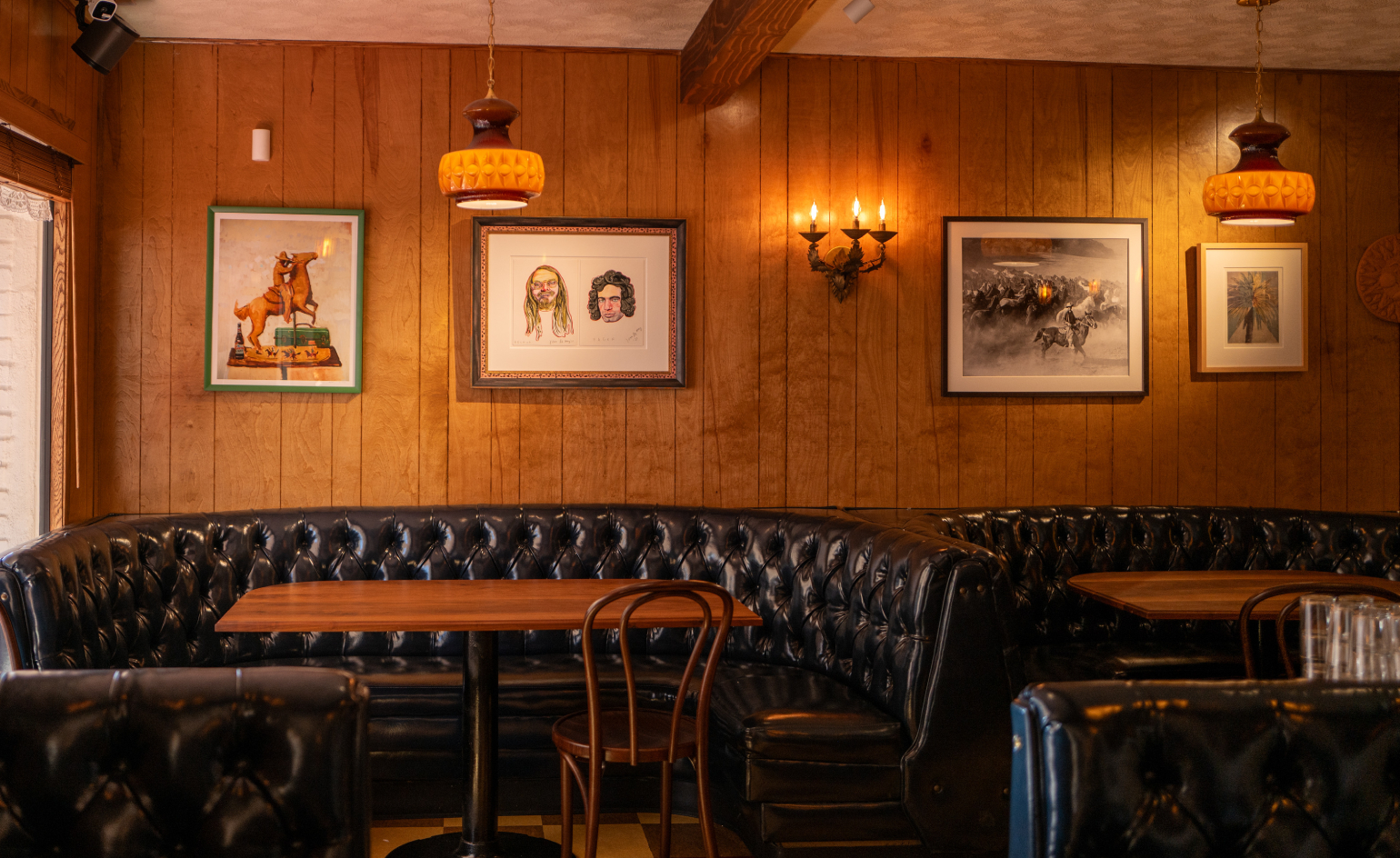 This new Los Angeles restaurant is a mischievous blend of dive bar and 'psychedelic honky tonk'
This new Los Angeles restaurant is a mischievous blend of dive bar and 'psychedelic honky tonk'At Marvito, small-batch tequila and a classic rock soundtrack create a delightfully nostalgic night out
-
 Fantasy – and incredible seafood – await at Carbone Riviera, now open at the Bellagio in Las Vegas
Fantasy – and incredible seafood – await at Carbone Riviera, now open at the Bellagio in Las VegasInterior design powerhouse Martin Brudnizki drew on the Côte d'Azur and Picasso’s ceramics for Major Food Group’s latest Sin City outpost
-
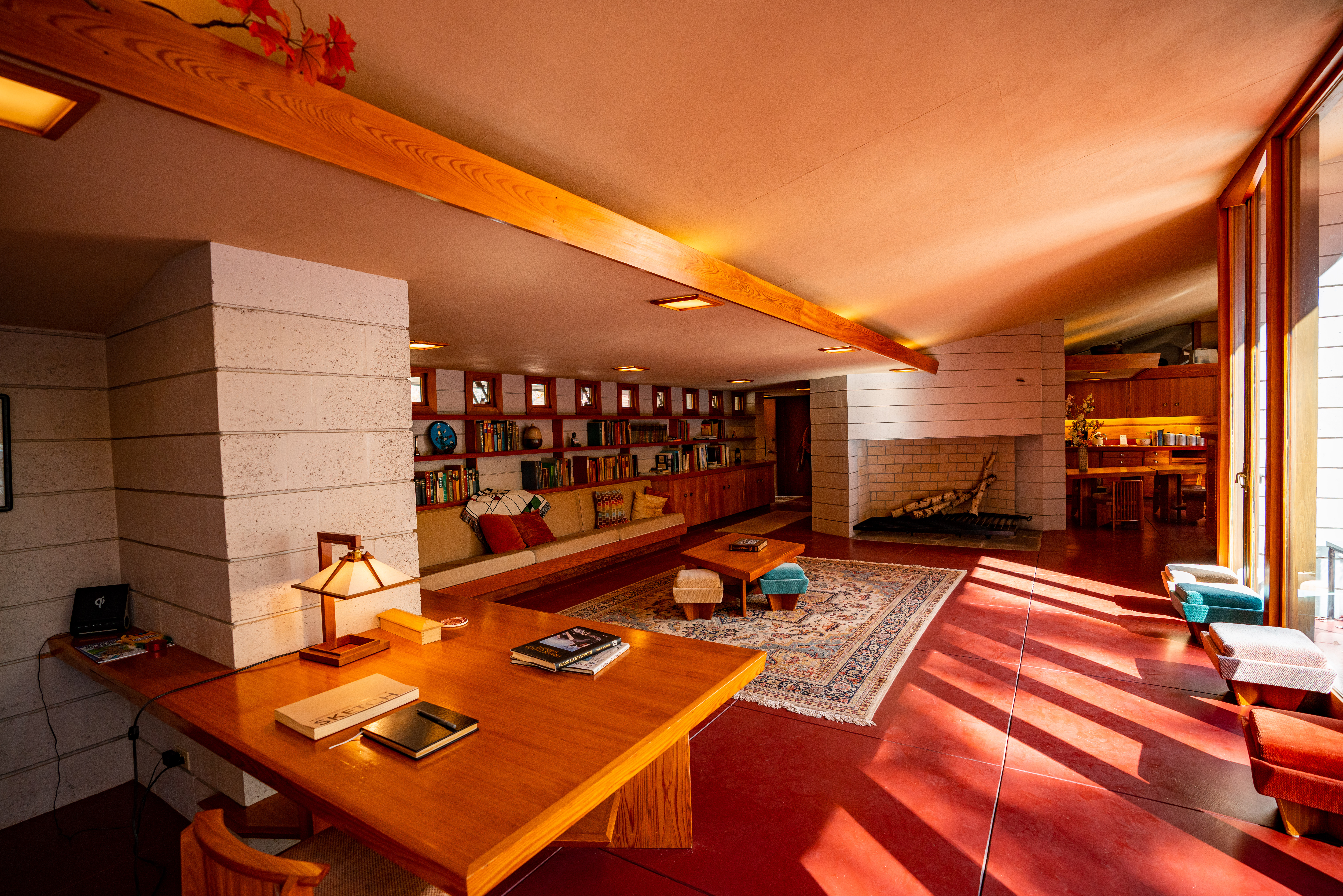 Welcome to Polymath Park, where you can spend the night in a Frank Lloyd Wright masterpiece
Welcome to Polymath Park, where you can spend the night in a Frank Lloyd Wright masterpieceA pair of determined Wright devotees have turned four endangered modernist houses into an overnight design retreat